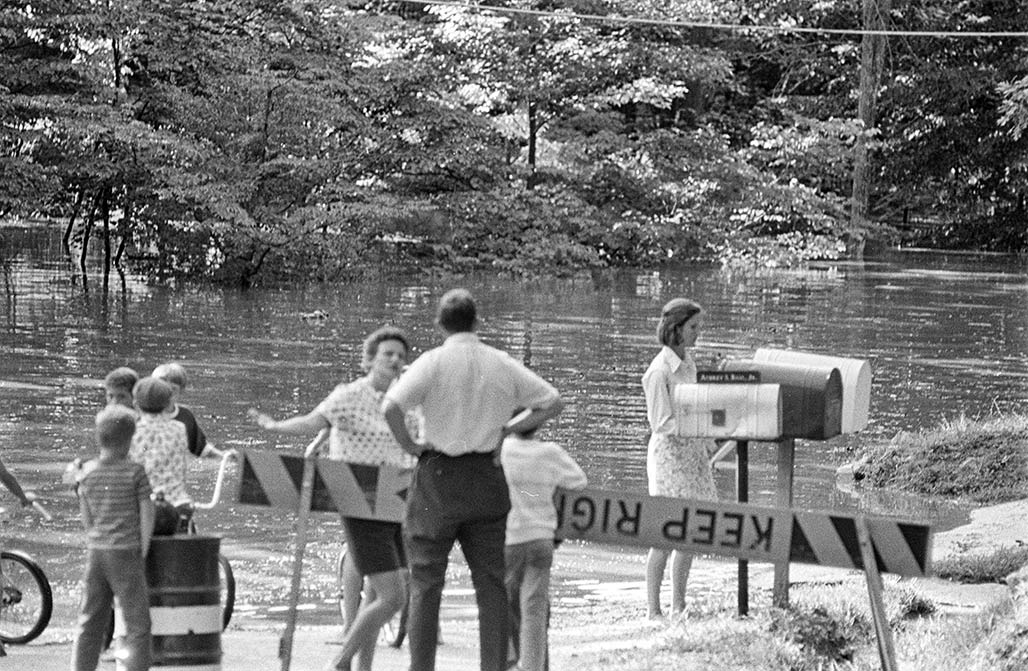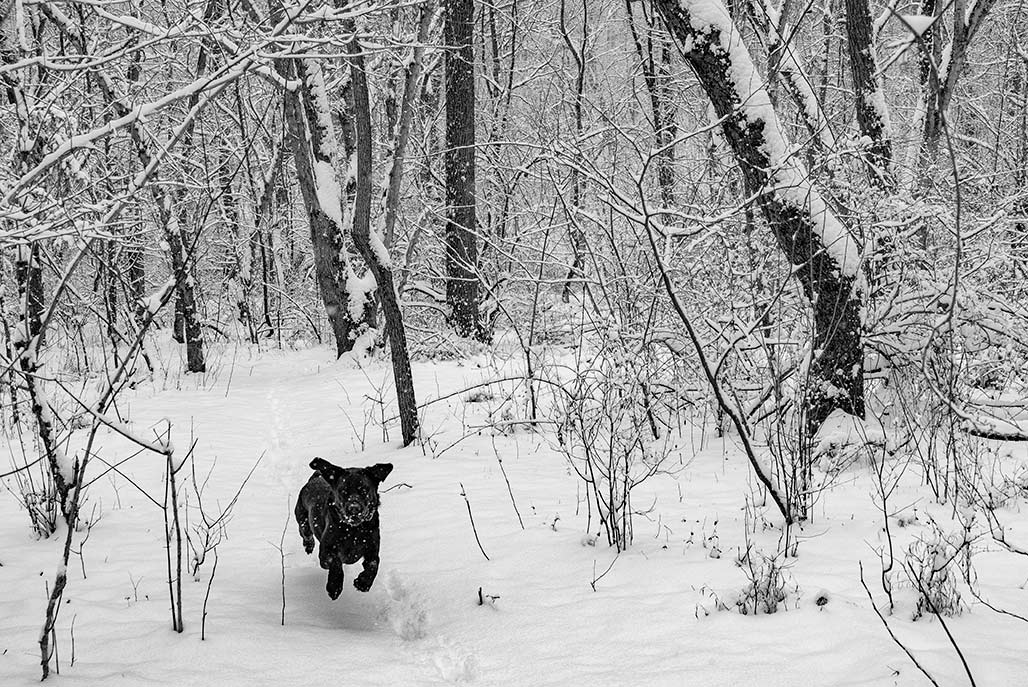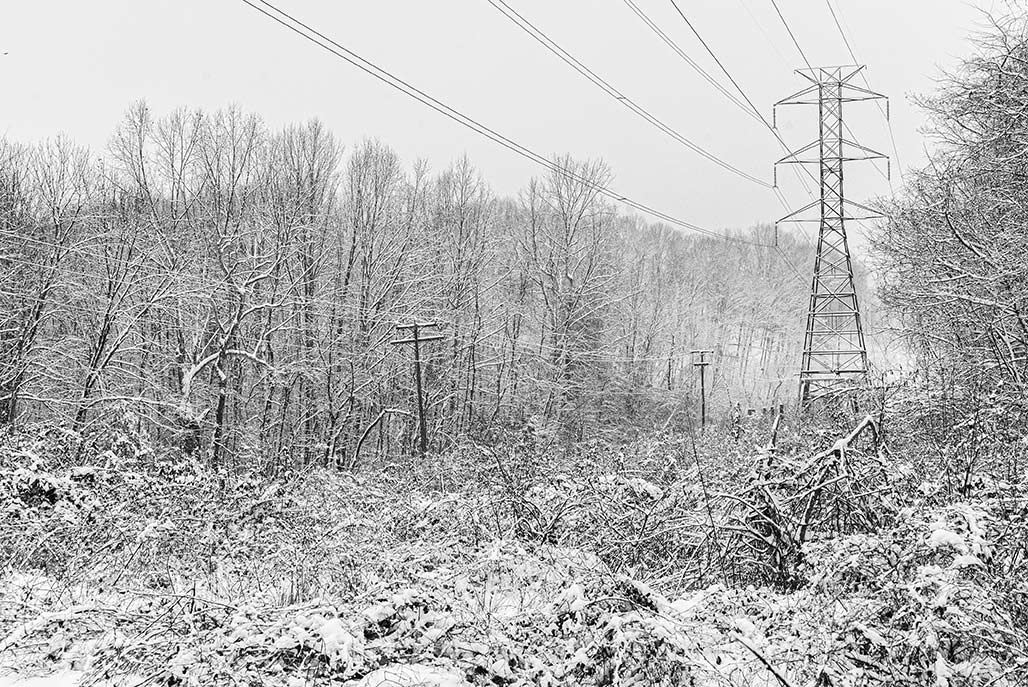
laying eggs

photography from the Chesapeake Bay watershed by Bill Emory

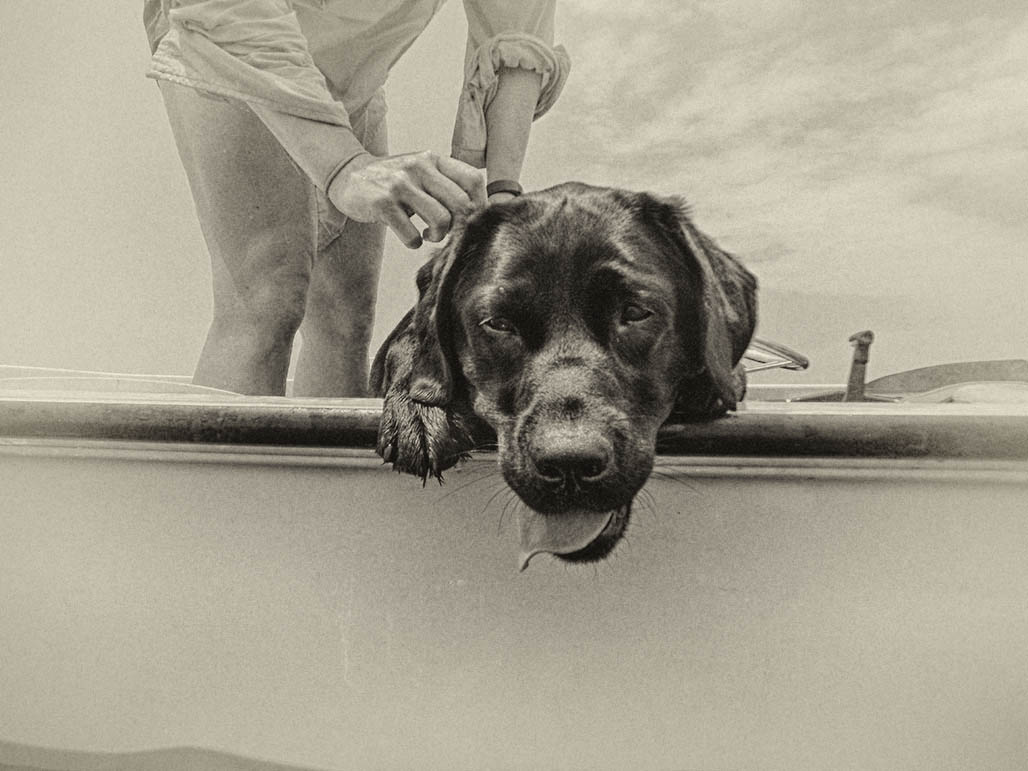
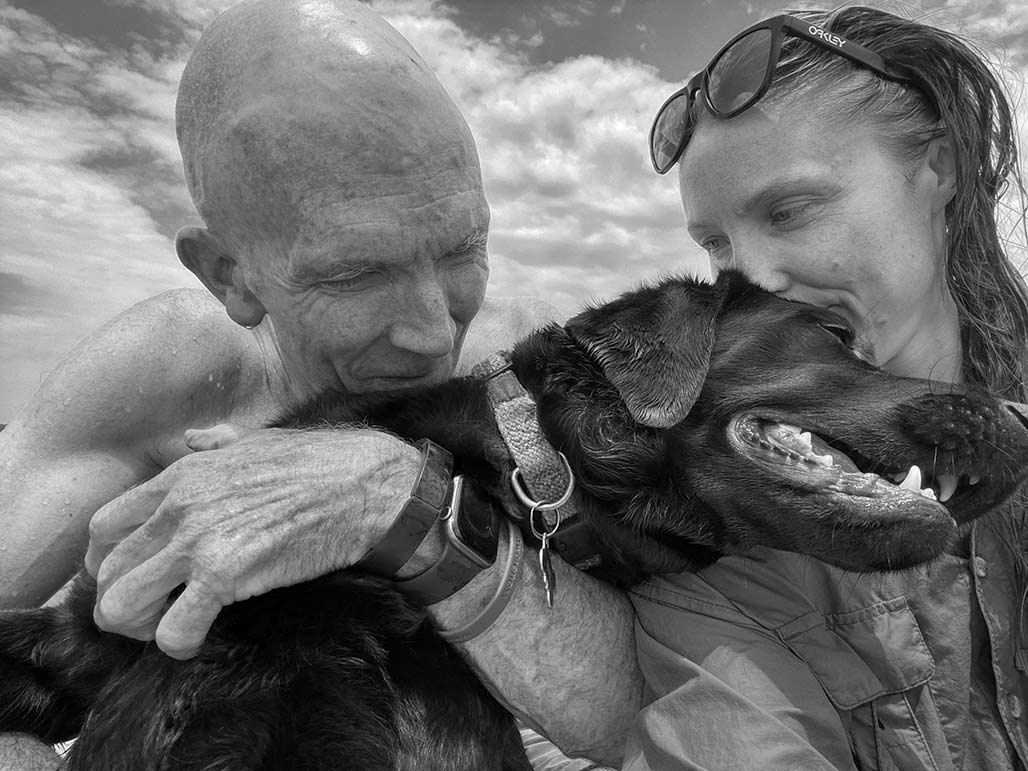
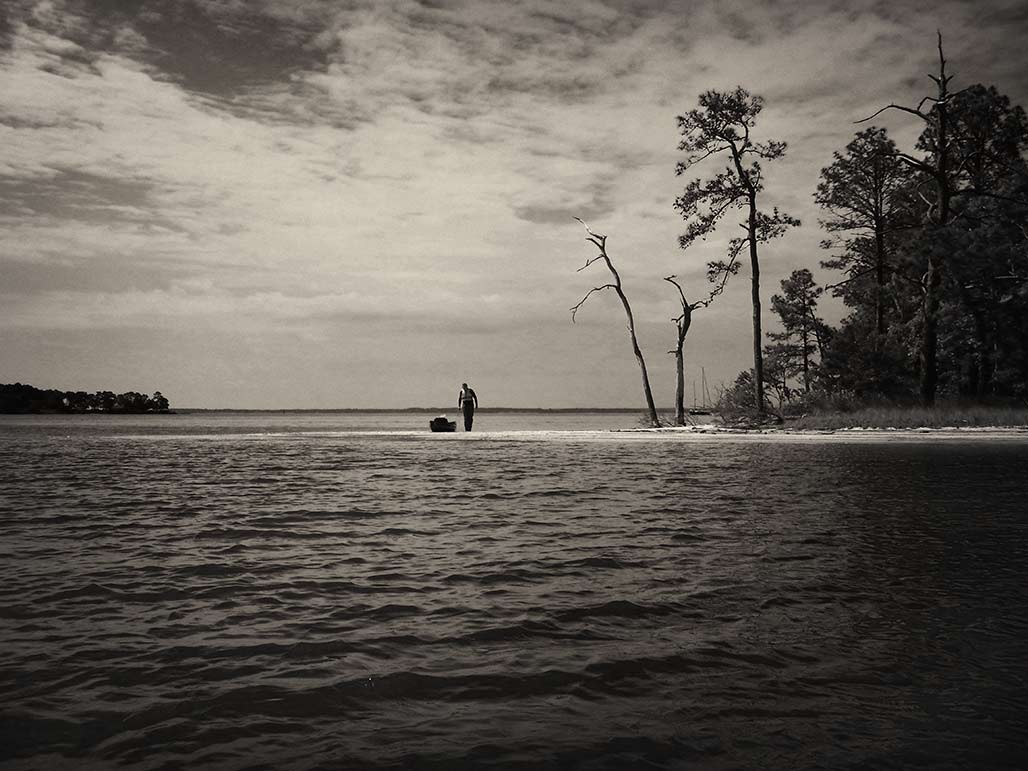


What native people lived on the Rapidan in Madison County?
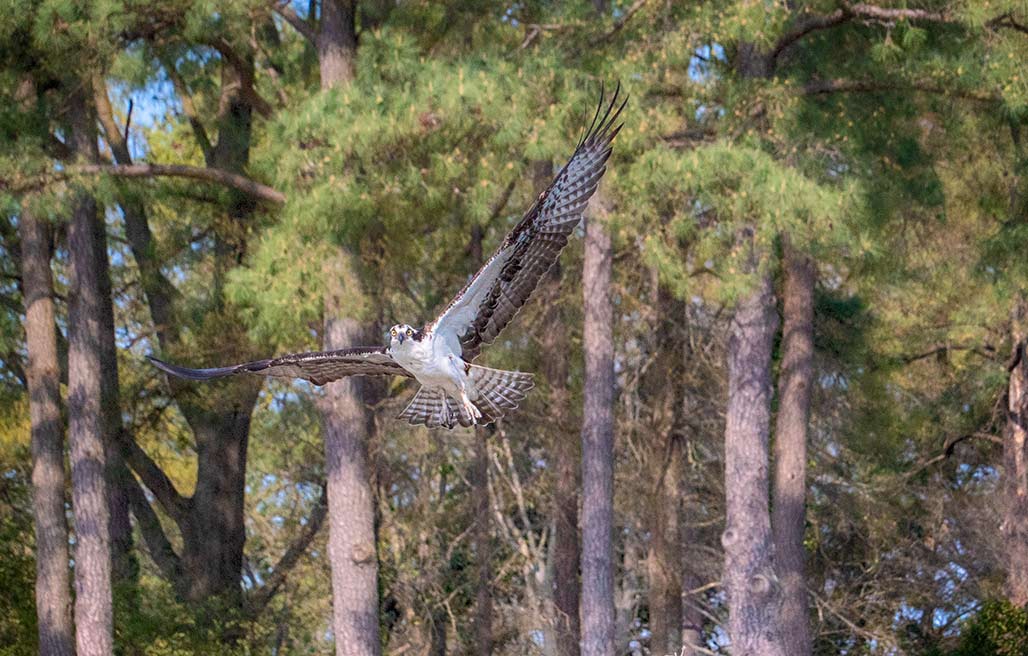
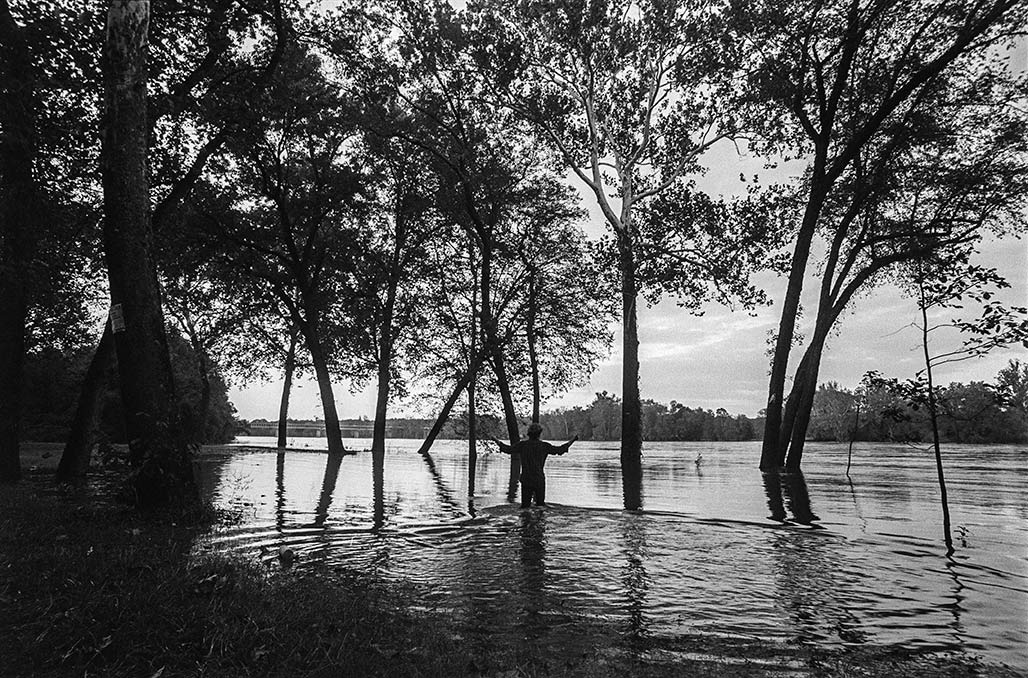

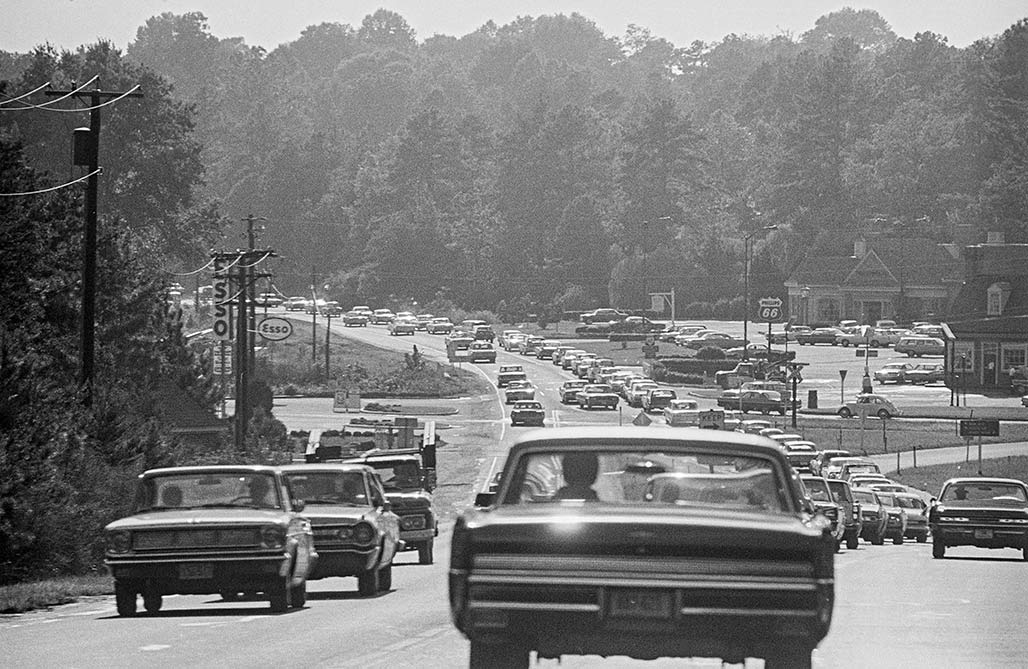


Because the hurricane was expected to quickly dissipate over land, few were prepared for the flash flooding.[32] Arriving in Virginia on the evening of August 19, Camille was no longer a hurricane, but it carried high amounts of moisture and contained sufficient strength and low pressure to pull in additional moisture.
A widespread area of western and central Virginia received over 8 inches (200 mm) of rain from Camille’s remains, leading to significant flooding across the state. A total of 153 people lost their lives from blunt trauma sustained during mountain slides, related to the flash flooding, not drowning.[33] More than 123 of these deaths, including 21 members of one family, the Huffmans, were in Nelson County. Seven victims of the hurricane in Nelson County remain unidentified, as well as one in Albemarle County. [34] Avalanches occurred on hillsides with a slope greater than 35 percent.[33] In Nelson County, the number of deaths amounted to over one percent of the county’s population.[35] The worst of the damage was reported in Massies Mill, Woods Mill, Roseland, Bryant, Tyro, Montebello, Lovingston, Norwood, Rockfish, and along the Davis and Muddy creeks.[33] The James and Tye rivers crested well above flood stage in many areas, including a record high of 41.3 feet (12.6 m) at Columbia. Hurricane Camille caused more than $140 million of damage (1969 dollars) in Virginia.[5][6] Camille was considered one of the worst natural disasters in central Virginia’s recorded history–Wikipedia
[/caption]
